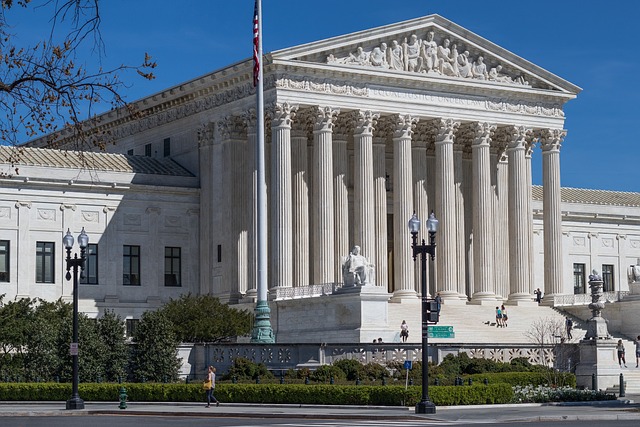
supreme-court
The U.S. Supreme Court is set to hear a landmark abortion rights case next month, a pivotal moment that could reshape the legal landscape surrounding reproductive rights in the country. The case, which has garnered nationwide attention, comes at a time of heightened political division over the future of abortion access. The arguments in this case will not only challenge existing legal precedents but could also redefine the scope of reproductive autonomy in the U.S. for years to come.
The Case at Hand
The case in question will revisit the constitutional right to an abortion, as established by the historic 1973 ruling in Roe v. Wade. The Court will be reviewing a state law that places strict limits on when and how abortions can be performed. Many legal experts believe the case could present a direct challenge to the precedent set by Roe v. Wade, which protects a woman’s right to choose an abortion before the fetus is viable, typically around 24 weeks of pregnancy.
This state law, passed in a southern state, bans abortions after 15 weeks of pregnancy, significantly earlier than the Roe precedent allows. Supporters of the law argue that advances in medical technology have shifted the point of fetal viability and that states should have more power to regulate abortions. Opponents, however, contend that such restrictions are unconstitutional and would disproportionately affect low-income women and those living in rural areas.
Legal Precedents and the Potential for Change
The Supreme Court’s decision in this case could have far-reaching consequences. In 1992, the Court reaffirmed the core holding of Roe in Planned Parenthood v. Casey, which allowed states to impose certain regulations on abortion but prohibited them from placing an “undue burden” on a woman’s right to choose. The case now before the Court could either weaken or completely overturn that standard, giving states greater authority to restrict access to abortion.
With the Court now having a 6-3 conservative majority, thanks to recent appointments by former President Donald Trump, many legal analysts believe there is a real possibility that the precedent set by Roe could be altered or overturned. Such a move would allow individual states to craft their own abortion laws, creating a patchwork of regulations across the country, with some states likely imposing strict bans and others maintaining broader access.
Political and Social Ramifications
A decision by the Supreme Court to uphold stricter abortion laws could energize both pro-life and pro-choice movements. Pro-life advocates view this case as a historic opportunity to protect unborn children and give more power to states to regulate abortions. Pro-choice advocates, on the other hand, warn that restricting abortion access would roll back decades of progress on women’s rights and create unsafe conditions for those seeking to terminate pregnancies.
Politically, the case comes at a critical time, with the 2024 elections on the horizon. A ruling that significantly changes abortion law could become a major issue for voters, particularly in swing states. Lawmakers on both sides of the aisle are already preparing for a renewed national debate on reproductive rights.
Conclusion
The upcoming Supreme Court case represents a crucial moment for abortion rights in America. With arguments set to begin next month, the Court’s ruling could reshape the legal framework that has governed reproductive rights for nearly 50 years. As the nation waits for this historic decision, the outcome will have profound implications not just for the legal system but for the millions of Americans affected by changes to abortion access.
For the latest updates on this case and other legal developments, stay tuned to our coverage of the U.S. Supreme Court.
image source – https://www.pixabay.com


